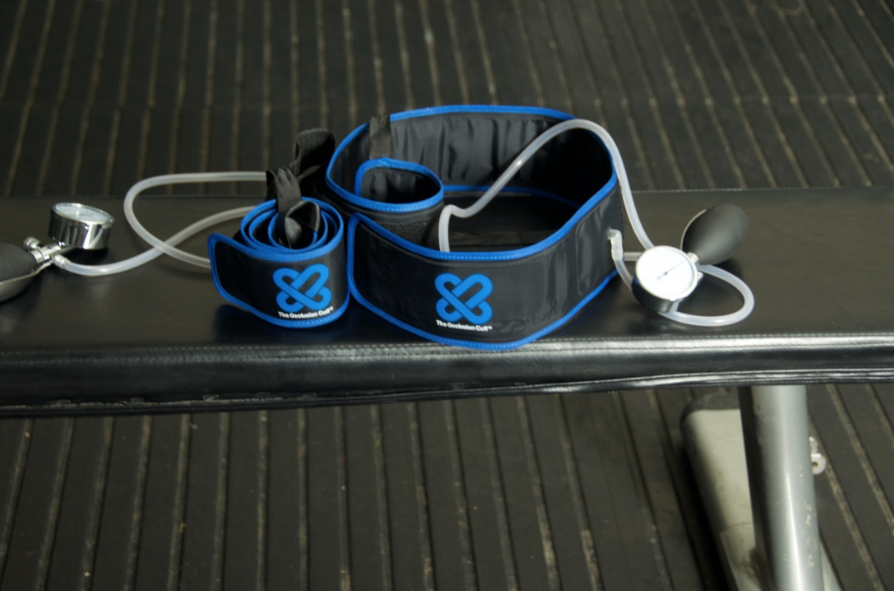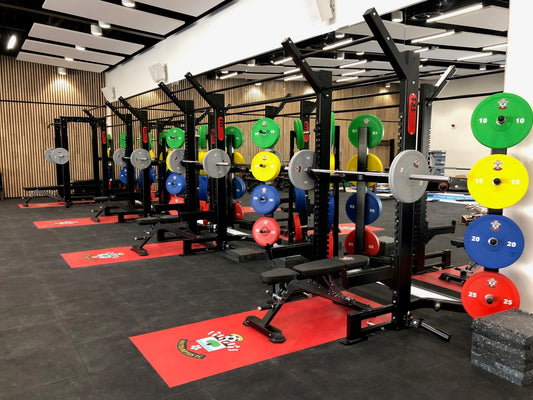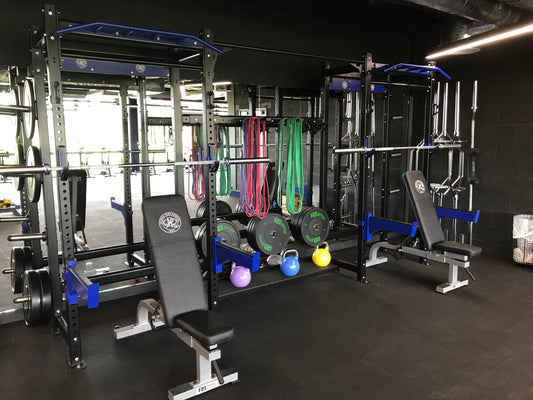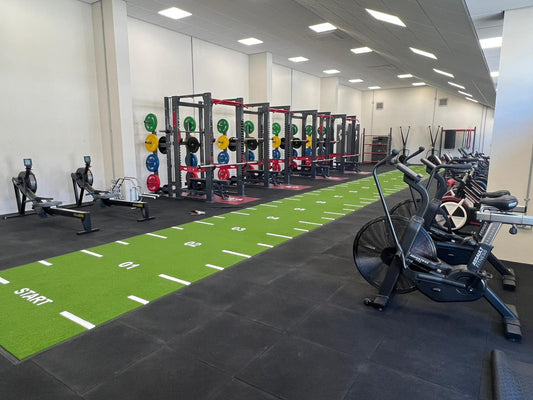Blood Flow Restricted Resistance Exercise:
B. C. Clark, T. M. Manini, R. L. Hoffman, P. S. Williams, M. K. Guiler, M. J. Knutson, M. L.McGLynn, M. R. Kushnick.
This study evaluated the effect of 4 weeks of low-load
resistance exercise with blood flow restriction (BFRE) on
increasing strength in comparison with high-load resistance
exercise (HLE), and assessed changes in blood, vascular and
neural function. Healthy adults performed leg extension
BFRE or HLE 3 days/week at 30% and 80% of strength,
respectively. During BFRE, a cuff on the upper leg was
inflated to 30% above systolic blood pressure. Strength,
pulse-wave velocity (PWV), ankle-brachial index (ABI),
prothrombin time (PT) and nerve conduction (NC) were
measured before and after training. Markers of coagulation
(fibrinogen and D-dimer), fibrinolysis and inflammation were measured in response
to the first and last exercise bouts. Strength increased 8%
with BFRE and 13% with HLE (Po0.01). No changes
in PWV, ABI, PT or NC were observed following training
for either group (P40.05). tPA antigen increased 30–40%
immediately following acute bouts of BFRE and HLE
(P 5 0.01). No changes were observed in fibrinogen,
D-dimer or hsCRP (P40.05).
Full Article
For the latest on Perform Better, follow us on Facebook, Instagram or Twitter



































